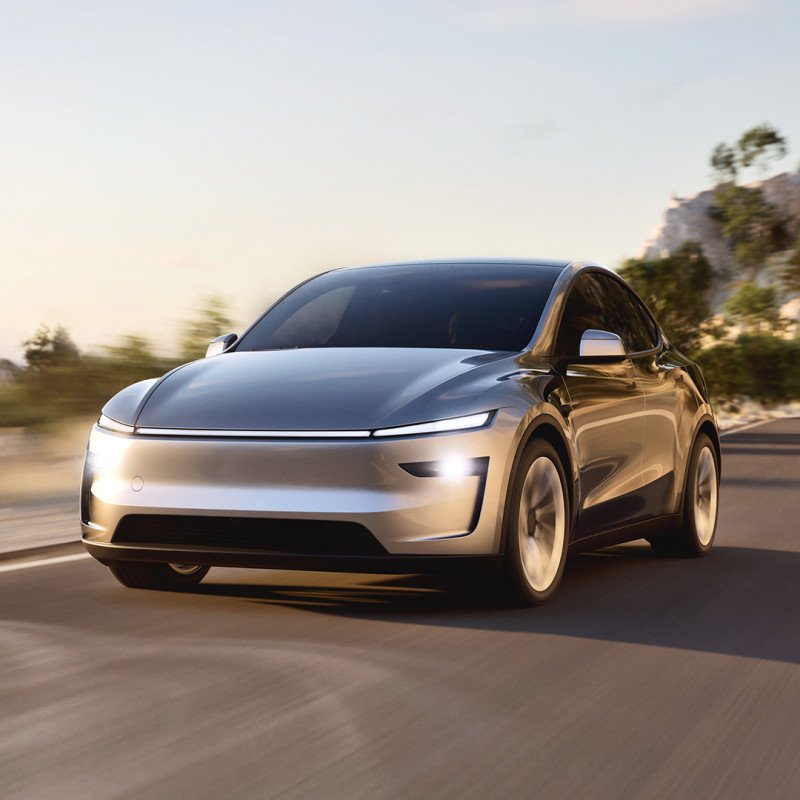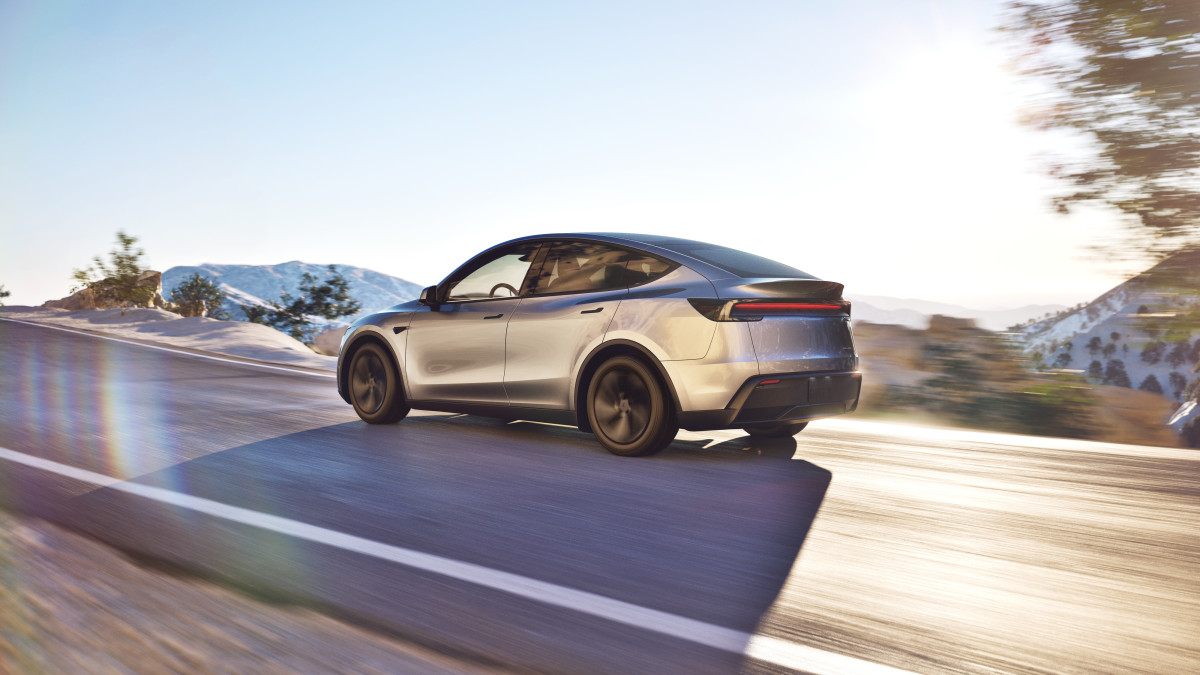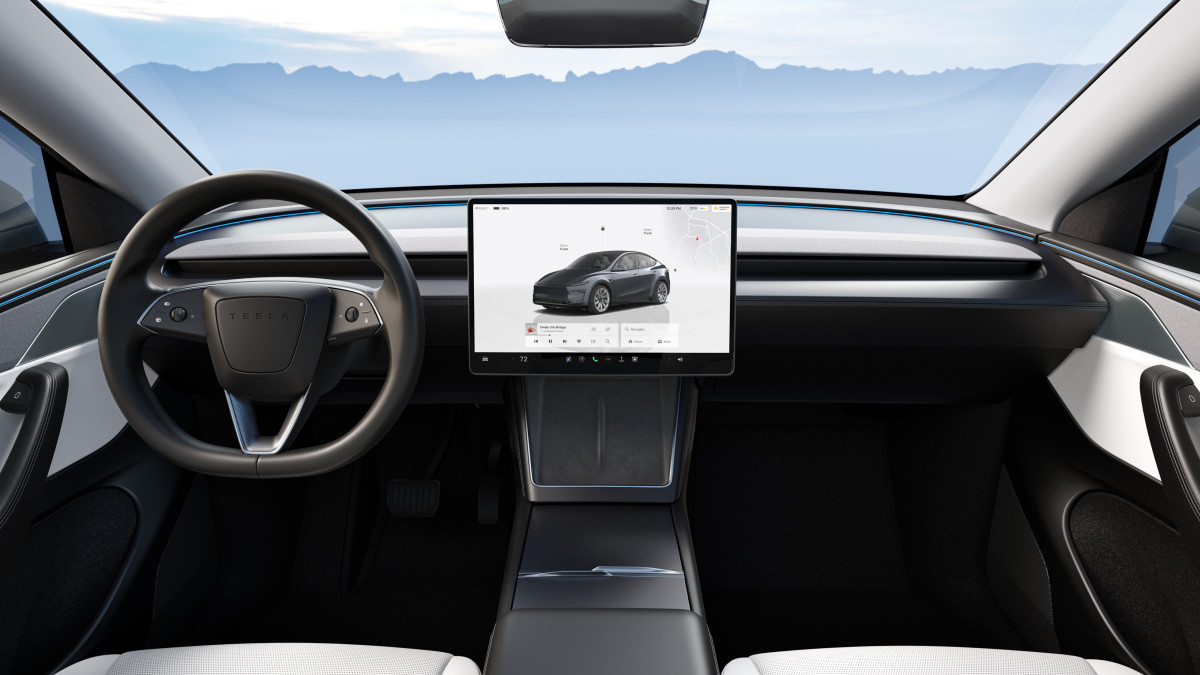
FSD 14.1 also has some welcome safety updates
- FSD 14.1 (Supervised) begins rolling out
- Latest FSD includes multiple safety and driving upgrades
- Version 14.2 will improve smoothness of operation
Tesla has started rolling out the latest version of its Full Self-Driving Supervised (FSD) suite, version 14.1. This is the first major FSD update in roughly a year, with a long list of new features and updates to existing ones.
Version 14.2 was recently described by Musk as “almost like it is sentient,” hinting at the impressive self-driving capabilities of the system. In the meantime, Tesla influencer Sawyer Merritt has just shared all the new features found in 14.1 via X, and it’s a lot to take in.
Even though FSD remains a Level 2 system, which requires the driver to stay attentive at all times and be ready to take control, it’s possible for your Tesla to handle an entire commute without any manual intervention.
Related: Musk Says Tesla FSD Will Feel ‘Almost Sentient’ by 14.2—As Legal Battles Loom
New And Improved Safety Features
BREAKING: Tesla FSD V14.1 is downloading on my Model Y right now! This is the first major FSD update in nearly a year.
FSD(Supervised) v14.1 includes:
• Added Arrival Options for you to select where FSD should park: in a Parking Lot, on the Street, in a Driveway, in a Parking… pic.twitter.com/nOZIMiLqBr— Sawyer Merritt (@SawyerMerritt) October 7, 2025
While nobody can deny the advancements made by the FSD system over the last year or two, safety remains a concern. In version 14.1, Tesla has added or refined multiple features that should make the software safer for drivers and surrounding traffic.
Here’s a summary of some of the enhanced safety-related features first:
- Pull over or yield for emergency vehicles like fire trucks and ambulances
- Real-time handling of detours or blocked roads, via navigation
- Enhanced offsetting for road debris like boxes and tires
- Better responsiveness to scenarios like unprotected turns, vehicle cut-ins, and school busses
- New automatic narrow field washing for quick front camera self-cleaning
- New alerts for residue buildup inside windshield, which may affect front camera visibility
As Tesla relies solely on its camera-based system—rather than LiDAR or radar sensors—for self-driving, the new functions to keep the cameras clean and those that can better alert the driver to the front camera’s view being hindered are welcome.
The offsetting for road debris is possibly a response to a recent incident caught on camera, whereby a Tesla Model Y hit a large metal ramp at high speed. The vehicle failed to slow down, swerve, or alert the driver of the object in time, leading to the impact, which caused suspension damage.
FSD Will Now More Closely Match Your Driving Style

One of the interesting changes to V14.1 is the level of customization available for how your Tesla drives itself. Since everyone has their own driving style, it appears Tesla is moving closer towards making its cars handle driving scenarios the way its owner would if driving themselves.
FSD will now decide on the appropriate speed, based on a combination of traffic conditions, speed limit, and the driver’s profile. Sloth is a new speed profile, which means the car will drive itself at lower speeds and choose more conservative lane selections than Chill mode. Interestingly, in an early livestream of FSD 14.1 being tested, more than one user said Sloth mode doesn’t quite live up to its name—it guides the car at the speed limit, not below it as expected. It was also noted that 14.1 felt a bit jerky, but 14.2 is expected to address this.

Furthermore, the driver’s profile will now have a greater impact on the car’s behavior. If the profile is more assertive, the maximum speed reached will be higher. Whether you prefer chilling in the right lane or getting to your destination as quickly as possible, FSD will account for this.
Other new functions include the following:
- New arrival options for FSD, including parking lots, on the street, in a parking garage, on a driveway, or at the curbside
- Better handling for static and dynamic gates
- Right scroll wheel adjusts speed profile
- Self-driving can start via a tap of the touchscreen from a standstill, or at any point on the drive
- Speed profile and arrival options can be adjusted directly from the Autopilot visualization via the center display
Following 14.1, upcoming improvements will enhance smoothness and sentience, while improving parking spot selection and parking quality.
Related: U.S. Senators Demand Tesla FSD Investigation Over Rail Crossing Safety Risks
Final Thoughts

Tesla
On paper, the changes made to FSD sound substantial. Not only are there safety improvements, but the ability to manipulate how FSD performs based on your own driving style is welcome.
However, we’ll need to wait and see how these improvements perform in the real world, and if they do so reliably and safely. We’ll then be able to gauge whether FSD is worth the $8,000 cost—in our recent analysis prior to V14.1 being released, we weren’t so sure.



